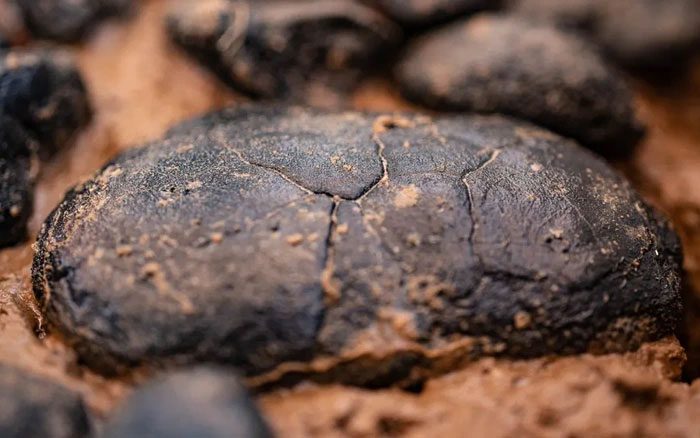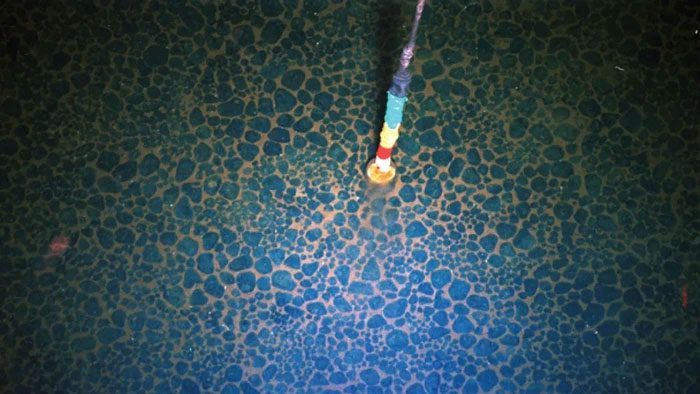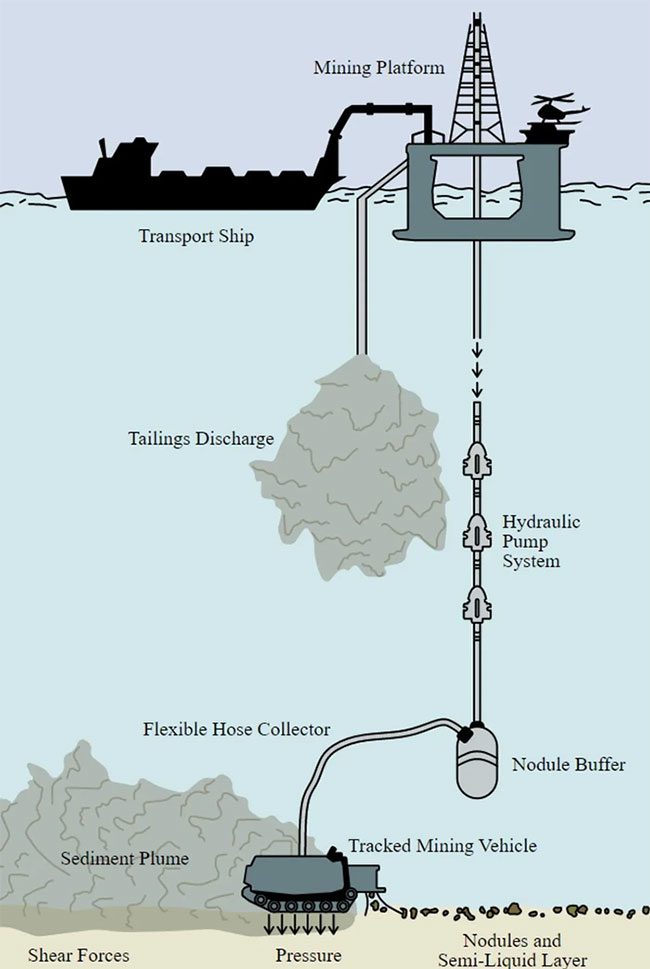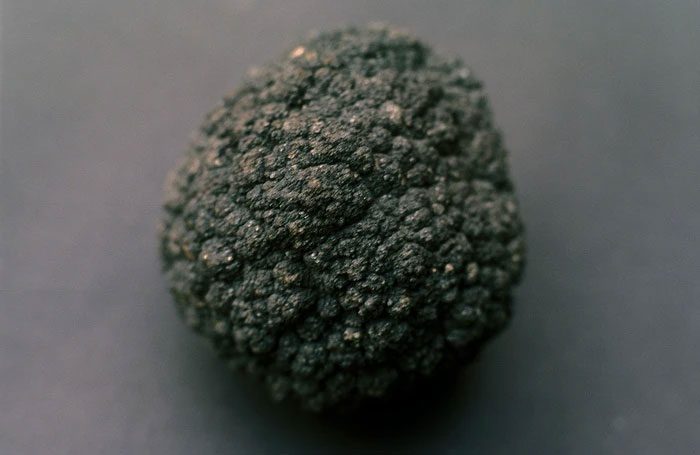Deep-sea potatoes, also known as manganese nodules, are composed of four essential metals required for battery production: cobalt, copper, manganese, and nickel, along with some iron, titanium, and a small amount of rare earth metals.

These polymetallic nodules take millions of years to reach significant sizes.
There are treasures found in the sediment layers of the abyss for those willing to dive 3,000 to 6,000 meters below the ocean floor. Here, vast “fields” filled with “deep-sea potatoes” – manganese nodules – rich in metals that battery manufacturers are eager to acquire can be found.
These polymetallic nodules take millions of years to develop significant sizes. They are compared to potatoes because of their size and their position, being partially or completely buried under the ocean floor, much like potatoes in the ground.
Manganese nodules consist of four essential metals for battery production – cobalt, copper, manganese, and nickel – as well as some iron, titanium, and a small amount of rare earth metals. At a time when sustainable development goals are witnessing a shift from gasoline-powered cars to electric vehicles, sourcing such materials has become a hotter market than ever, and some believe that these manganese nodules could be a safer method for accessing raw materials for electric vehicle battery production.

For a sustainable future, it is widely accepted that the global population needs to move away from fossil fuels. While electricity seems like a suitable green alternative, it has a significant flaw: there are not enough metals to make the change.
Deep-sea potatoes were first discovered on the ocean floor during the HMS Challenger expedition from 1872 to 1876 to study the deep ocean. However, efforts to bring them into the industry at that time stalled, specifically due to their inaccessibility at depths of thousands of meters and the lack of management methods for mining at such depths.
Metals Company is one of the potential companies exploring deep-sea potatoes, stating they plan to “bring these polymetallic nodules to the surface, process them onshore with almost zero solid waste, and take care not to harm the integrity of the deep ocean ecosystem.” However, all of this is still at the planning stage.

We can extract more metals through mining, something humanity has been doing for thousands of years – but we need to consider the deforestation and displacement of wildlife to access it; whether the battery revolution is still regarded as a green alternative remains to be seen.
Manganese nodules found on the ocean floor contain a significant amount of essential metals needed to build a sustainable future, covering vast areas of the deep ocean floor.
Moreover, mining them from the ocean floor could avoid some environmental issues associated with land-based activities, but venturing into the unknown always needs to be approached with caution.
In a 2019 paper titled “The Deep-Sea Dilemma”, science journalist Olive Heffernan warned about the risk of mass extinction of marine organisms due to mining in their habitats, especially if conducted before thorough studies are undertaken.
It includes a cautionary tale from ecologist Hjalmar Thiel, who ventured to a remote part of the Pacific known as the Clarion-Clipperton Zone in the 1970s and then conducted the largest experiment to date on the potential impacts of commercial deep-sea mining.
“Called DISCOL, this experiment involved scraping the center of an area roughly 11 square kilometers in the Pacific with an 8-meter-wide tool known as a seabed plow,” Heffernan writes.
“The simulated mining created a cloud of disturbed sediment that fell and buried most of the study area, suffocating seabed organisms. The experiment demonstrated that the impacts of deep-sea mining are greater than anyone could imagine, but this experiment did not actually mine any type of rock from the ocean floor; however, it showed that deep-sea mining is capable of devastating many marine organisms.”
Thus, initial results suggest that mining deep-sea potatoes is extremely risky for the ecosystem, and conditions seem not to have improved much over four similar experiments conducted by researchers.

“90% of deep-sea potato exploration contracts worldwide are located in the Clarion-Clipperton Zone, which constitutes less than half of 1% of the global ocean floor,” said Rory Usher, TMC’s Director of Communications and Media, to IFLScience.
It is undeniable that we currently do not have enough circulating metals to recycle in order to supply sufficient transition metals needed for the green transition. Therefore, we are facing a dilemma in figuring out which method has the best yield-to-impact ratio.
Currently, 50% of the nickel market comes from Indonesia, where rainforests are being cleared for mining activities. This land is utilized by both humans and wildlife.





















































